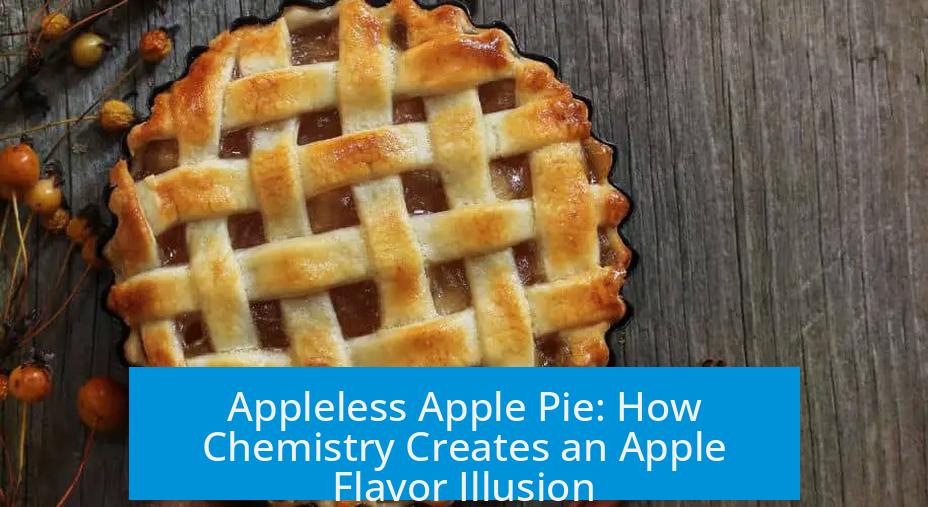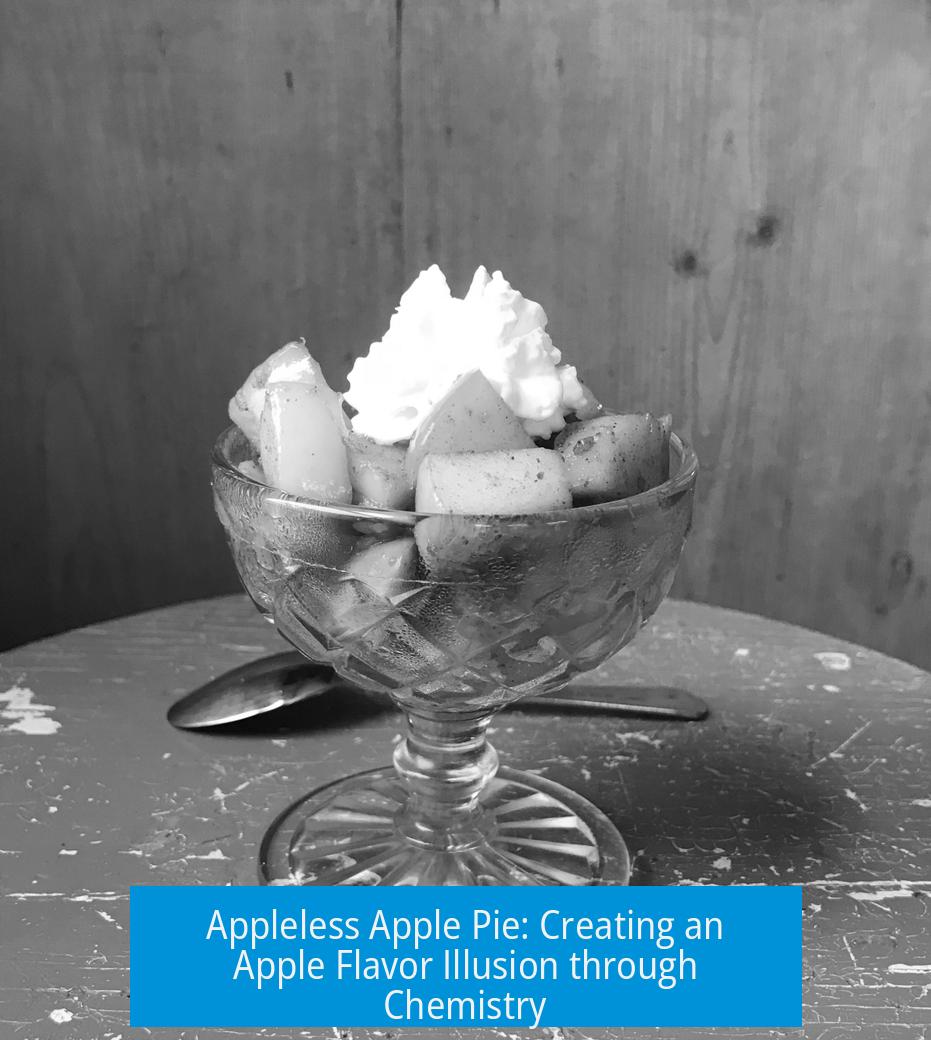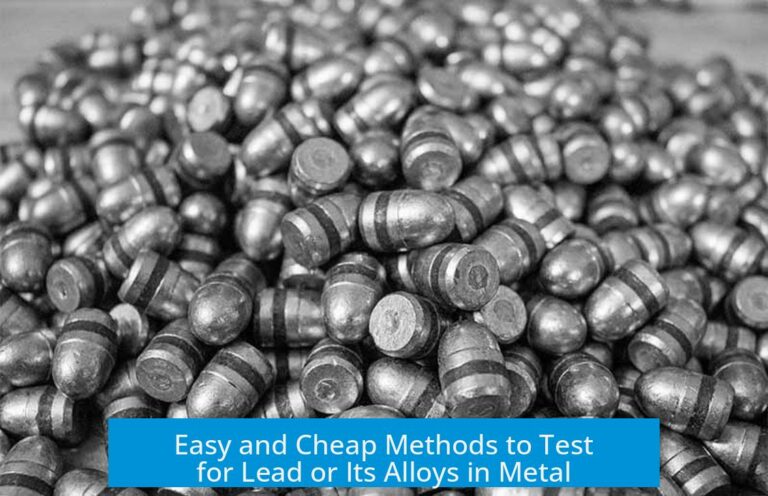Appleless Apple Pie: How Chemistry Creates an Apple Flavor Illusion

Appleless apple pie tastes like apple pie by exploiting chemistry and sensory perception to mimic the apple flavor without using actual apples. The key lies in combining certain compounds that simulate the taste and aroma of apples alongside visual and aromatic cues.
Flavor Components Mimicking Apple Taste
Potassium bitartrate, also known as cream of tartar, plays a central role. It has an acidic flavor reminiscent of apple tartness. When combined with sugar, butter (often from crackers in appleless recipes), and cinnamon, it forms a flavor profile that suggests apple pie.
- Potassium bitartrate offers a subtle apple-like acidity.
- Sugar and butter add richness and sweetness.
- Cinnamon contributes warm spice notes common in apple pie.
Chemical and Sensory Basis of Ingredients
While potassium bitartrate and sugar are not direct apple aroma sources, their combination can evoke the memory of apple pie. The apple aroma is complex, involving esters—chemical compounds that provide fruity scents.
Esters are key in fruit smell mimicry. Adding esters can reinforce the illusion of apple aroma. For example, esters like ethyl butyrate have fruity scents linked to apples and other fruits.
Despite individual ingredients not smelling like apples, their blend in the right proportions creates a convincing sensory impression.
Sensory Perception and Illusion of Flavor
Taste perception depends heavily on smell and sight. The brain integrates these senses, meaning the appearance and aroma of the pie influence how the flavor is interpreted.
For instance:
- The pie looks like a traditional apple pie with crust and cinnamon topping.
- Butter, sugar, and cinnamon create familiar, comforting aromas.
- Added esters enhance fruity scents, although no actual apples are present.
Psychological experiments show that without smell or sight, people struggle to identify certain flavors correctly. This explains why an appleless apple pie can “fool” the senses to a surprising degree.
Summary of Key Points
- Potassium bitartrate provides the acidic note similar to apple tartness.
- Mixtures of sugar, butter, and cinnamon supply a familiar apple pie base.
- Esters contribute fruity aromas vital to mimicking apple scent.
- Sensory perception depends on sight and smell, enabling flavor illusions.
- Psycho-sensory integration allows appleless pie to pass as apple pie.
What ingredient makes an appleless pie taste like apple?
Potassium bitartrate plays a key role. It has an acidic flavor that reminds people of apples. Mixed with sugar, butter from crackers, and cinnamon, it creates a taste close to apple pie.
How do esters contribute to the flavor in appleless pie?
Esters carry fruity smells similar to those in real fruit. Adding esters helps mimic the aroma of apples. This tricks the nose into sensing a fruit-like scent even without apples.
Why can people be fooled into thinking appleless pie contains apples?
Seeing the pie and smelling sugary, buttery, or cinnamon scents influences taste perception. Sight and smell strongly shape flavor experiences, so people can think it tastes like apple pie.
Do potassium bitartrate and cream of tartar naturally smell like apples?
No, these compounds don’t actually smell like apples. But their scents combined with other elements can create an impression similar to apple pie aroma.
Is it possible to confuse flavors without sensory cues?
Yes. Experiments show that without seeing or smelling food, people often struggle to tell apples from onions. This shows taste alone can be unreliable.





Leave a Comment